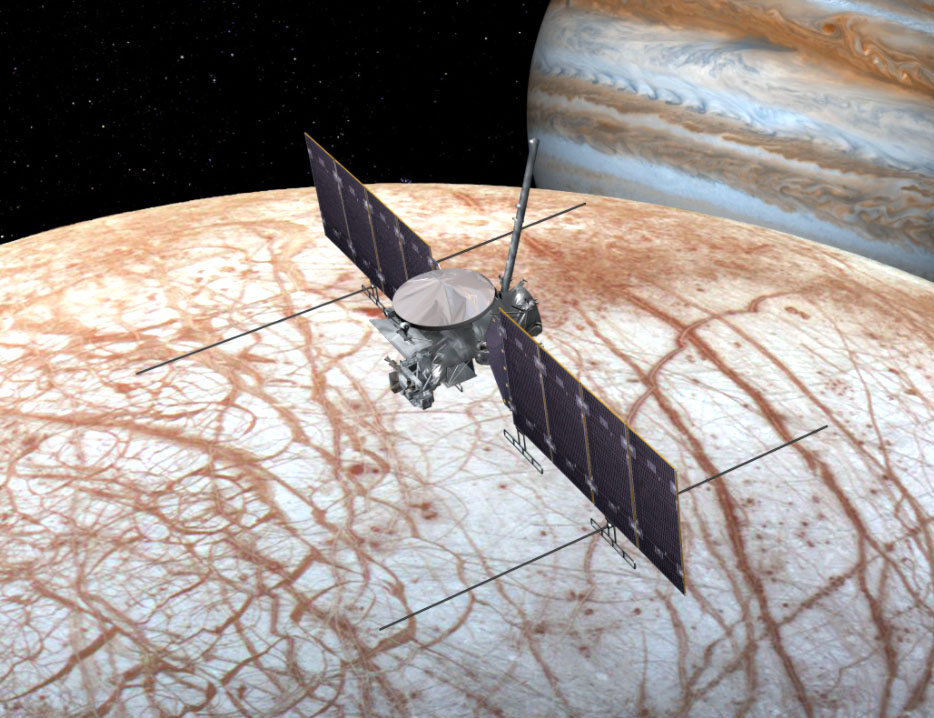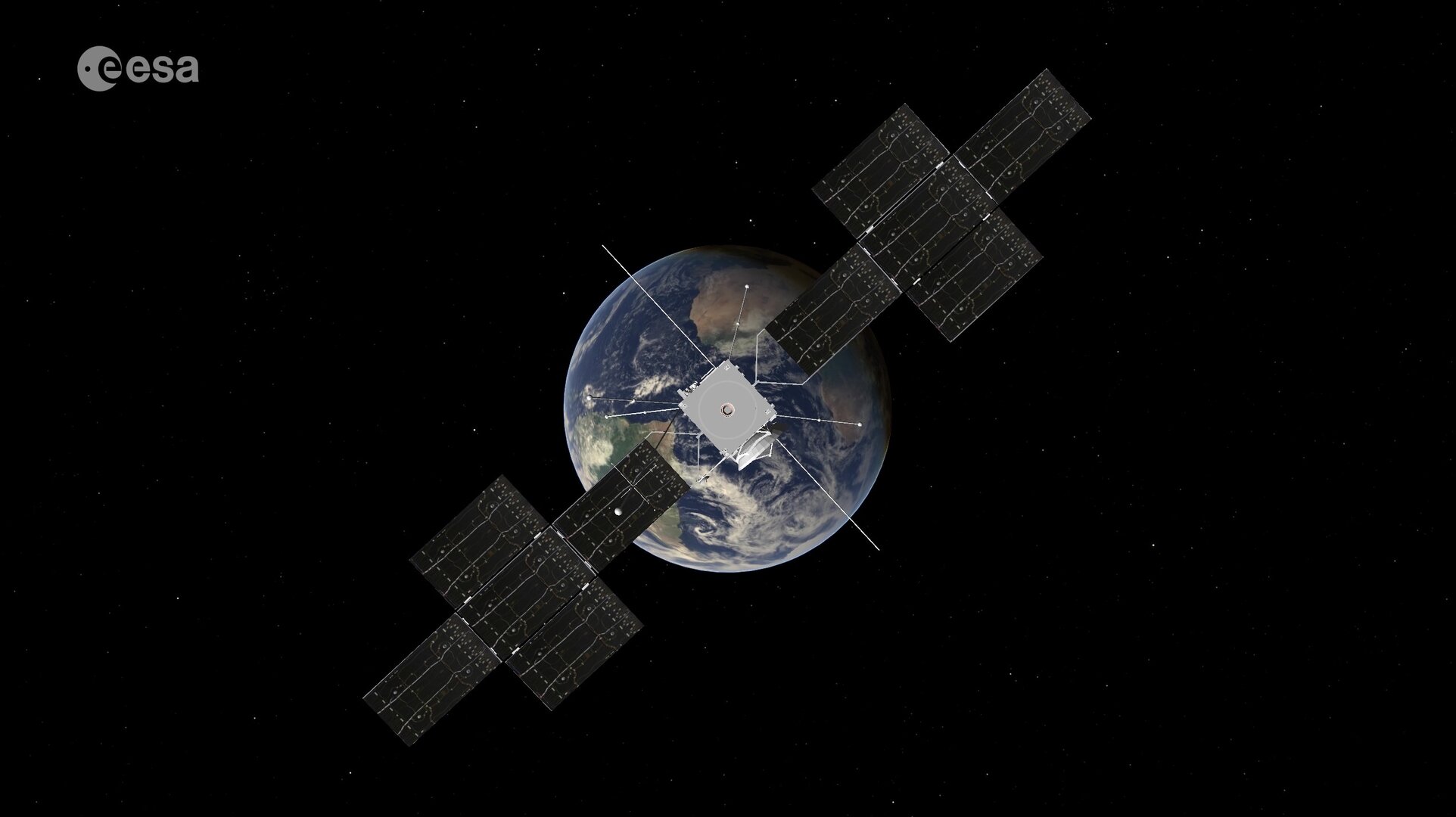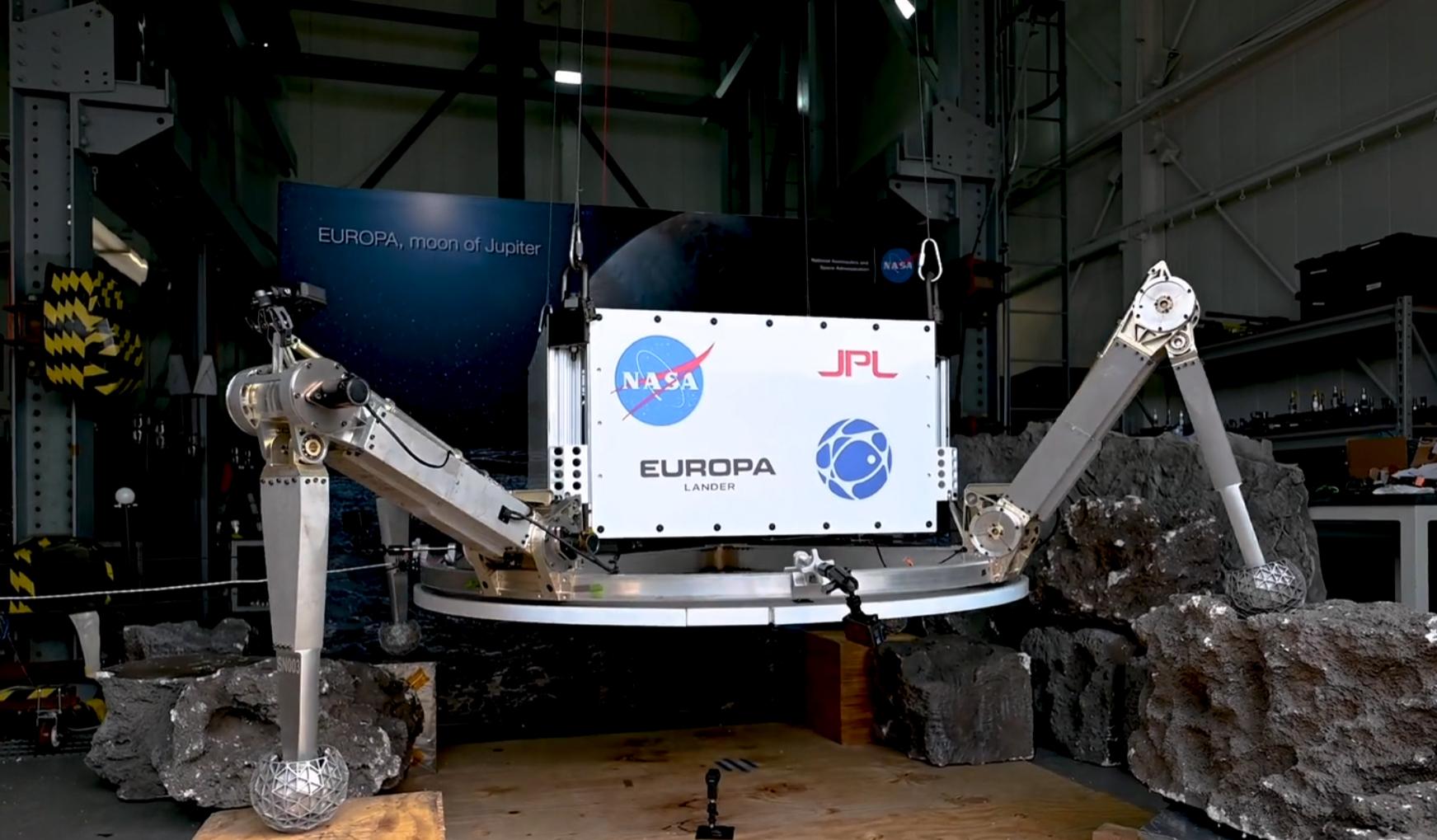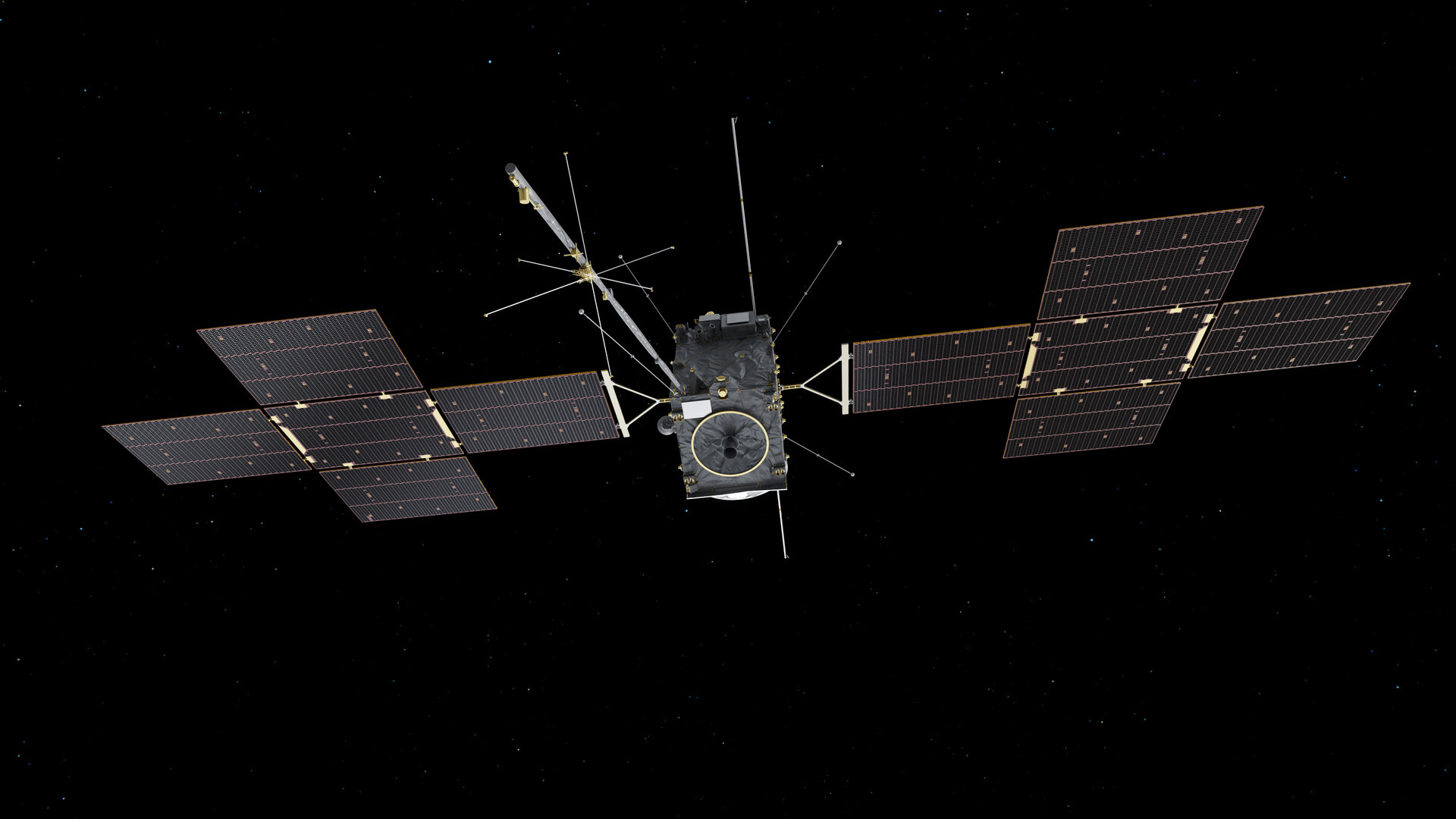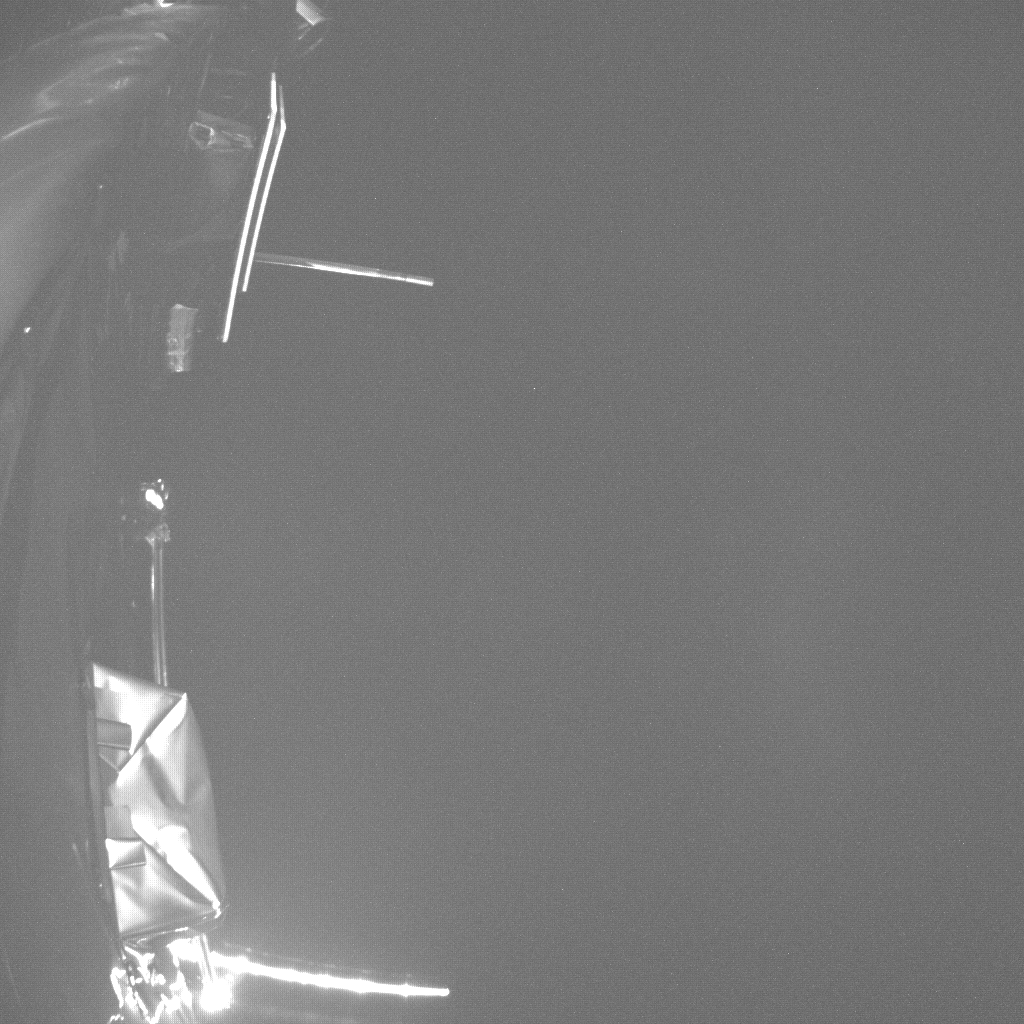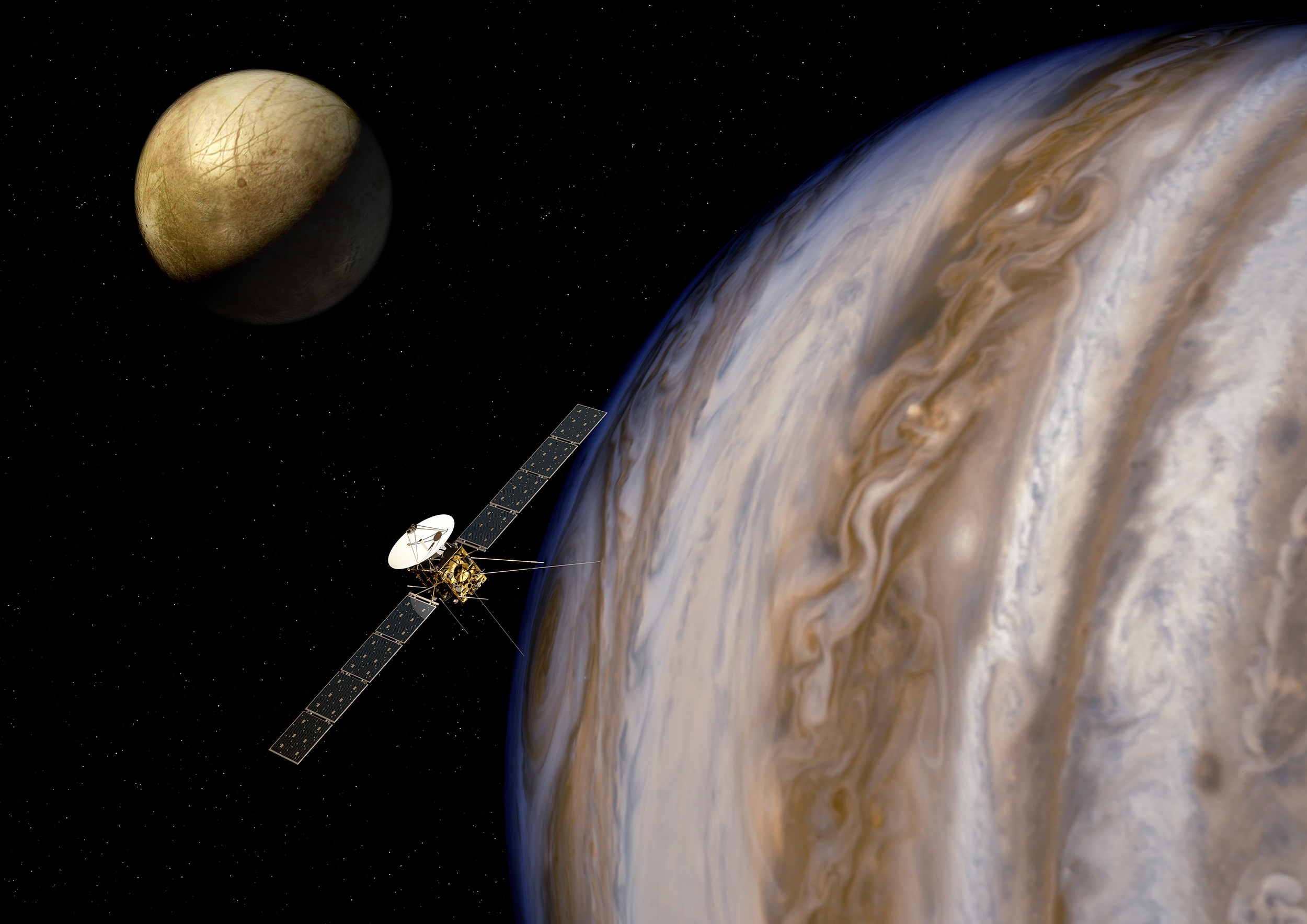Jupiter’s moon, Ganymede, is a fascinating celestial body. Measuring 5,268 km (3,272 mi) in diameter, it is also the largest satellite in the Solar System and even larger than Mercury, which measures 4,880 km (3,032 mi) in diameter. Like Europa, it has an interior ocean and is one of the few bodies in the Solar System (other than the gas giants) with an intrinsic magnetic field. The presence of this field also means Ganymede experiences aurorae circling the regions around its northern and southern poles due to interaction with Jupiter’s magnetic field.
In addition, based on its surface craters, scientists believe that Ganymede experienced a powerful impact with an asteroid about 4 billion years ago. This asteroid was about 20 times larger than the Chicxulub asteroid that caused the extinction of the dinosaurs, or the Cretaceous–Paleogene extinction event (ca. 66 million years ago). According to a recent study by Naoyuki Hirata of Kobe University, this impact occurred almost precisely on the meridian farthest away from Jupiter. This caused a reorientation of Ganymede’s rotational axis and allowed Hirata to determine exactly what type of impact took place.
Continue reading “Ouch! A Monster Asteroid Crashed Into Ganymede 4 Billion Years Ago, Rolling it Over”

